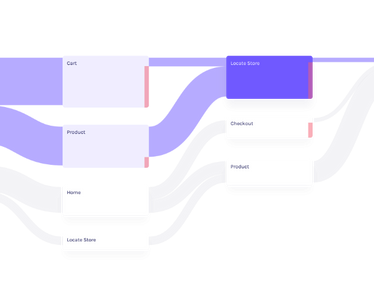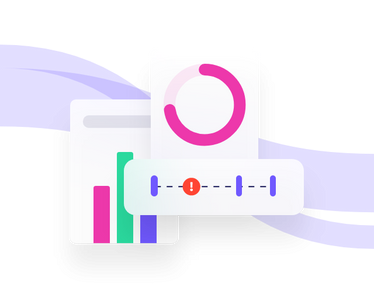Customer experience is the outcome of every interaction and touchpoint a customer has with your business, from speaking with customer service and visiting your store, to visiting the website and how they feel about their purchase.
A positive customer experience is critical to the growth of any business. A good customer experience helps retain customers, drives brand loyalty and increases customer lifetime value.
There are six types of CX metrics, which can be used separately or together. A business can use the ones that apply to their business model. The six CX metrics are:
- Net promoter score (NPS)
- Customer effort score (CES)
- Customer satisfaction (CSAT)
- Time to resolution
- Churn rate
- Conversion rate
In order to create a good customer experience, you have to understand the entire journey a customer takes. Most businesses create a customer journey map to understand every touchpoint. When you’re aware of the interactions, you can focus on how to make each touchpoint a positive experience for the customer.





